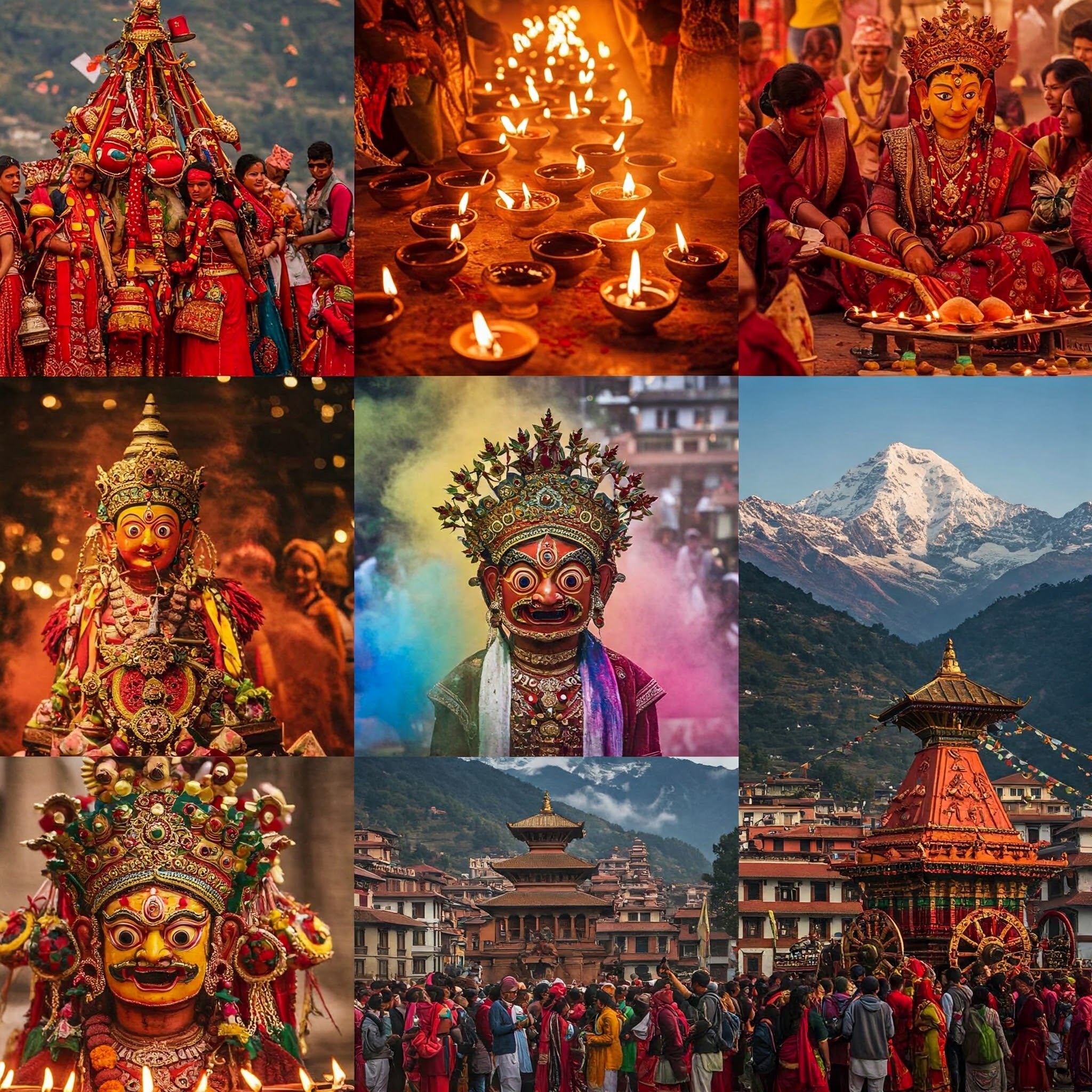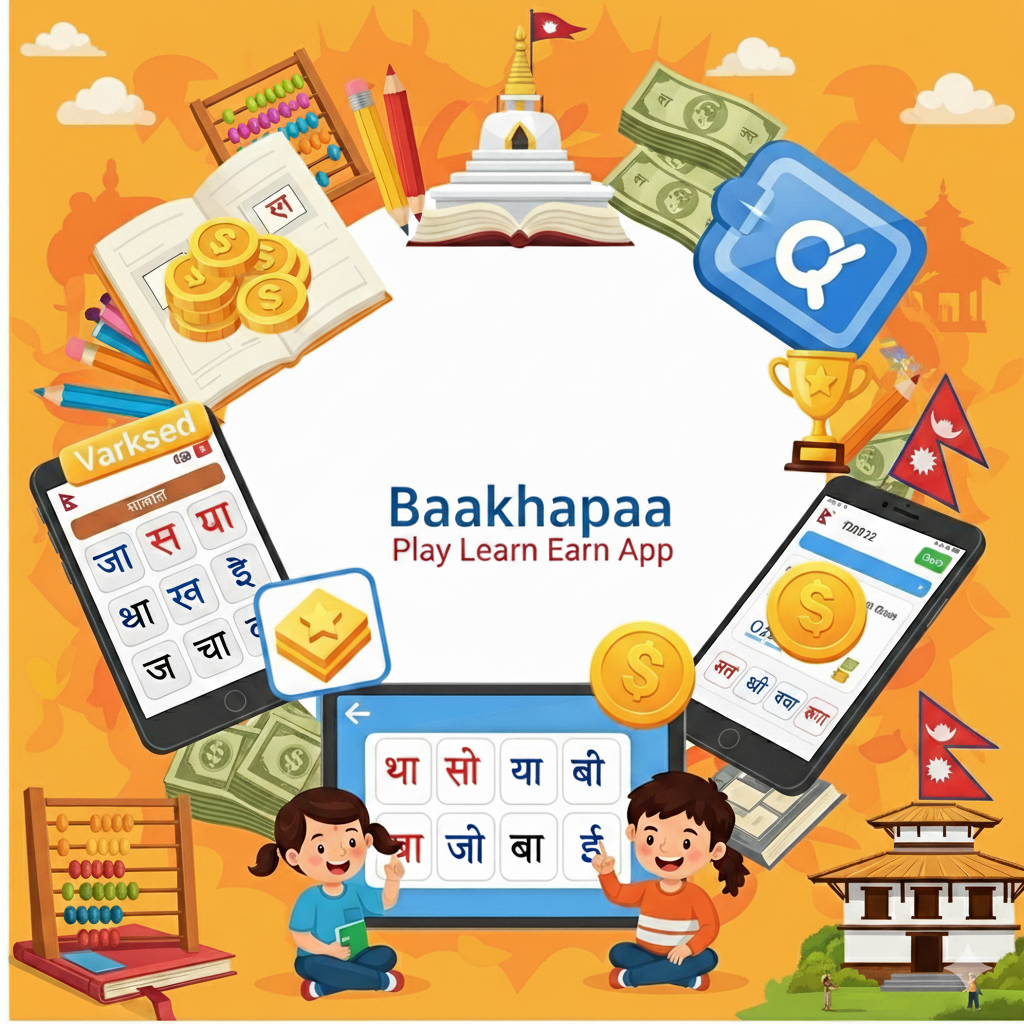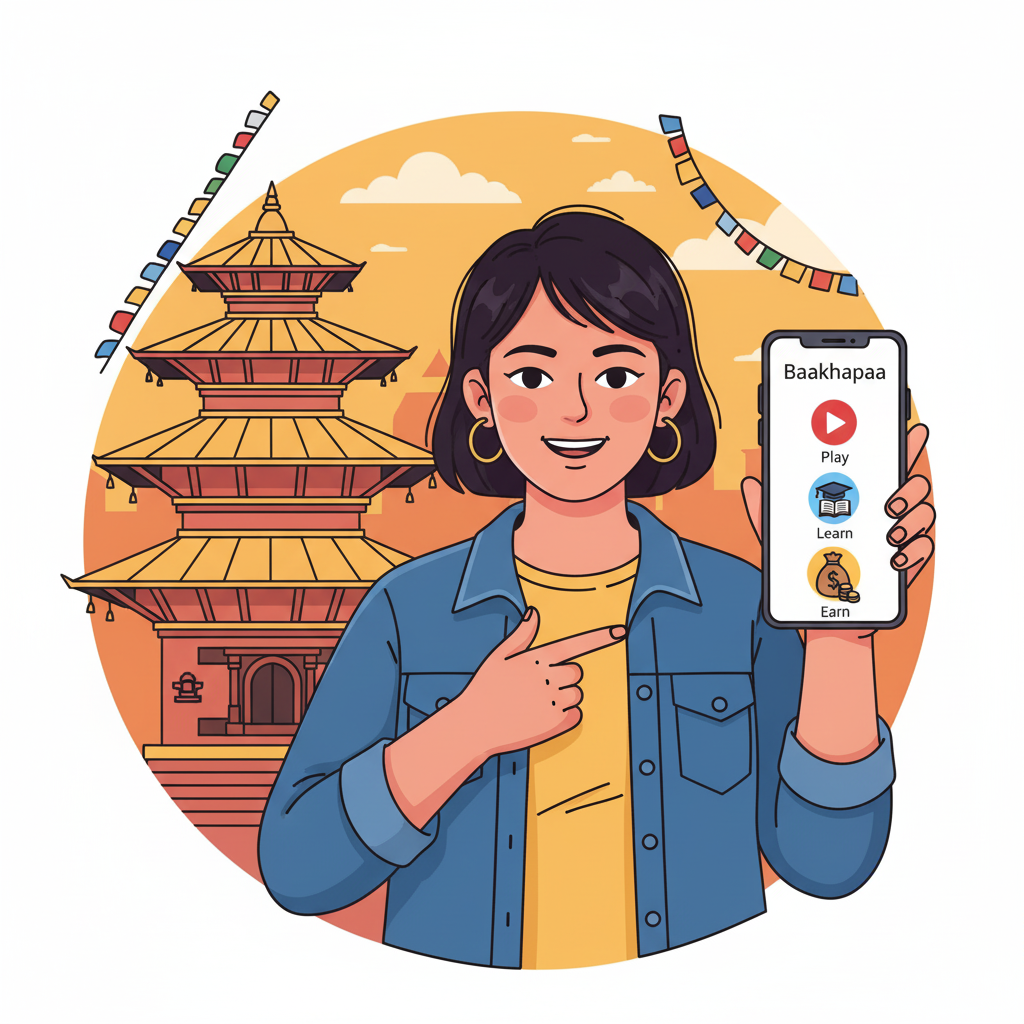Unveiling the Magic: A Beginner's Guide to Experiencing Nepal's Top Festivals
Nepal, a land of breathtaking Himalayas and ancient temples, is also a country of incredible cultural vibrancy, much of which is showcased through its myriad of colorful and deeply significant festivals. Festivals in Nepal are not just holidays; they are a living, breathing part of Nepali culture, offering a profound glimpse into the nation's soul. For any traveler or curious soul, experiencing Nepali culture through its festivals is an unforgettable journey. This beginner's guide will unveil the magic behind some of Nepal's top festivals, explaining their importance, how they're celebrated, and what you might experience. We'll cover giants like Dashain and Tihar, the playful Holi, the historic Indra Jatra, and the New Year celebrations of Lhosar, while also touching upon things to do during Nepali festivals and understanding Nepali traditions.
The Heartbeat of Nepali Culture: Why Festivals Matter
Cultural traditions in Nepal are deeply interwoven with its festivals. These celebrations, often dictated by the lunar calendar (so it's always good to check a current Nepal festival calendar for exact dates), mark harvests, honor deities, commemorate ancient myths, and strengthen community bonds. They are a time for family reunions, feasting, music, dance, and spiritual reflection.
A Glimpse into Nepal's Major Festivals:
Here are five major Nepal festivals that offer a spectacular window into the nation's heritage:
1. Dashain (Vijaya Dashami): The Grandest Celebration
- Significance: Dashain, typically falling in September or October, is the longest and most auspicious festival for Nepali Hindus. It symbolizes the victory of good over evil – specifically, the goddess Durga's triumph over the demon Mahishasura. It also commemorates Lord Rama's victory over Ravana.
- How It's Celebrated: This 15-day festival involves family gatherings, flying colorful kites, playing on specially constructed bamboo swings (linge ping), wearing new clothes, and feasting. Animal sacrifices are part of traditional observances in some communities. The first day, Ghatasthapana, marks the planting of Jamara (barley or corn seedlings). The tenth day, Vijaya Dashami, is the most important, where elders apply Tika (a mixture of rice, yogurt, and vermillion powder) and Jamara to the foreheads of younger relatives, bestowing blessings.
- Visitor/Local Experience: Expect a vibrant atmosphere with a strong emphasis on family. You'll see kites dotting the sky, hear joyous music, and witness various community pujas (worship rituals). Tourists might be invited to observe Tika ceremonies if they have local connections. Popular dishes like Khasi ko Masu (goat meat curry) and Sel Roti (sweet rice bread) are enjoyed.
- Interactive Question: Have you ever witnessed the sky filled with kites during Dashain? What's the highest you've ever flown one?
2. Tihar (Deepawali/Festival of Lights): Illuminating Hearts and Homes
- Significance: Celebrated about two weeks after Dashain (usually October/November), Tihar is a five-day festival known as the "Festival of Lights." It honors Yama (the God of Death) and Laxmi (the Goddess of Wealth), and also celebrates the unique bond between humans and animals like crows, dogs, and cows.
- How It's Celebrated:
- Day 1 (Kaag Tihar): Crows (messengers of Yama) are worshipped and offered food.
- Day 2 (Kukur Tihar): Dogs, known for their loyalty, are adorned with garlands and Tika, and given delicious treats.
- Day 3 (Gai Tihar & Laxmi Puja): Cows are worshipped in the morning. In the evening, homes are cleaned and illuminated with oil lamps (diyos), candles, and electric lights to welcome Goddess Laxmi. Intricate Rangoli patterns are made at entrances.
- Day 4 (Govardhan Puja/Mha Puja): Oxen are worshipped. The Newar community also performs Mha Puja (worship of oneself).
- Day 5 (Bhai Tika): Sisters apply a special multi-colored Tika to their brothers' foreheads, praying for their long life and prosperity, and brothers give gifts in return.
- Visitor/Local Experience: Tihar is visually stunning. Cities like Kathmandu and Pokhara glow with lights. Visitors can witness animal worship, enjoy the festive decorations, and hear groups singing traditional Deusi and Bhailo songs as they go door-to-door.
- Fun Fact: The sight of dogs adorned with flower garlands during Kukur Tihar is a uniquely heartwarming and photogenic experience!
3. Holi (Fagu Purnima): The Festival of Colors and Spring
- Significance: Holi, celebrated in late February or March, marks the arrival of spring, the victory of good over evil (commemorating the defeat of the demoness Holika), and the divine love of Radha and Krishna.
- How It's Celebrated: This is a joyous and boisterous festival where people playfully throw colored powders (gulal) and water at each other. Bonfires (Holika Dahan) are lit on the eve of Holi. Traditional sweets are shared, and music and dance are integral parts of the celebration.
- Visitor/Local Experience: As a visitor, especially in tourist areas like Thamel in Kathmandu or Lakeside in Pokhara, expect to be joyfully included in the color-throwing! Wear old clothes you don't mind getting stained, protect your belongings (especially cameras) with waterproof coverings, and use organic colors if possible. It’s an incredibly vibrant and energetic experience.
- Traveler Tip: While it's immense fun, always be respectful and ensure people are willing participants before dousing them in color.
4. Indra Jatra (Yenya): Kathmandu's Living Goddess Festival
- Significance: Celebrated primarily in Kathmandu Valley by the Newar community, usually in August or September, Indra Jatra honors Indra (the King of Heaven and God of Rain) for a good harvest. It also marks the Kumari Jatra, the chariot procession of the living goddess Kumari.
- How It's Celebrated: This eight-day festival involves erecting a ceremonial pole (Yosin Thanegu), chariot processions of the living goddess Kumari, along with Ganesha and Bhairava. Masked dances of deities and demons (like the Lakhe dance) are performed in the streets, accompanied by traditional music. Families display images of deceased loved ones and offer prayers.
- Visitor/Local Experience: This is a unique opportunity to witness ancient traditions and grand processions in historic locations like Kathmandu Durbar Square. The atmosphere is filled with incense, music, and devotion. Seeing the Kumari, a young prepubescent girl revered as a living embodiment of the goddess Taleju, is a highlight for many.
- Did You Know? The Kumari only leaves her temple palace a few times a year, and Indra Jatra is one of the most significant occasions.
5. Lhosar: Celebrating the New Year
- Significance: Lhosar signifies "New Year" and is celebrated by various ethnic communities in Nepal, including the Tamang (Sonam Lhosar), Gurung (Tamu Lhosar), and Sherpa/Tibetan communities (Gyalpo Lhosar). Each community has its specific date, usually falling between December and February. It's a time for renewal, purification, and welcoming prosperity.
- How It's Celebrated: Celebrations vary among communities but generally involve cleaning and decorating homes, performing prayer ceremonies at monasteries (gumbas), wearing traditional attire, feasting on special foods (like khapse - a deep-fried pastry, and aalum - a buckwheat flour dish for Sonam Lhosar), enjoying cultural performances (dances like Tamang Selo or Sherpa Syabru), and exchanging greetings and gifts. Prayer flags are often changed.
- Visitor/Local Experience: If you're in Nepal during a Lhosar celebration, especially in areas like Boudhanath in Kathmandu or regions with significant populations of these communities, you can witness vibrant cultural programs, traditional music, and joyous gatherings. It’s a wonderful time for experiencing Nepali culture in a very authentic way.
- Respectful Participation: If invited to a Lhosar gathering, it's a great honor. Observe customs respectfully and enjoy the unique cultural immersion.
Experiencing Nepali Festivals: Tips for Travelers
- Be Respectful: These are deeply significant cultural and religious events. Dress modestly, ask before taking photos, and be mindful of ongoing rituals.
- Plan Ahead: Check a reliable Nepal festival calendar (like those from the Nepal Tourism Board or reputable travel guides) as dates change yearly. Book accommodation and transport in advance, especially during major festivals like Dashain and Tihar.
- Join In (Respectfully): Locals are often welcoming. If invited to participate, do so with an open heart and a willingness to learn about Nepali traditions.
- Try the Food: Festivals are a fantastic time to sample special Nepali delicacies.
- Stay Safe: Be aware of your surroundings, especially in crowded areas.
Finding a Nepal Festival Calendar
Nepali festivals follow a lunar calendar (Bikram Sambat), so dates vary each Gregorian year. To find the most accurate Nepal festival calendar for 2025-2026, it's best to consult:
- The official website of the Nepal Tourism Board (ntb.gov.np).
- Reputable travel guides and websites specializing in Nepal.
- Local Nepali news sources closer to the time.
Example resource: Websites like "The Longest Way Home" often compile and update festival dates well in advance.
Embrace the Festive Spirit!
Attending a festival in Nepal is more than just sightseeing; it’s an immersion into a rich tapestry of beliefs, traditions, and communal joy. It’s an unparalleled way of understanding Nepali traditions and creating memories that will last a lifetime.
Now that you've unveiled some of the magic, head to our website to take the "Nepali Festival Explorer" quiz and earn points while testing your newfound knowledge!
Please login to leave a comment.


 Rakesh Rajbhat
Rakesh Rajbhat




